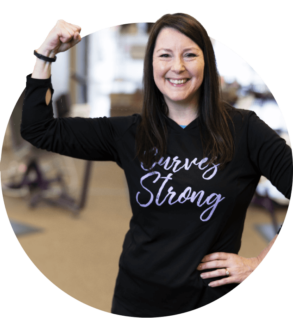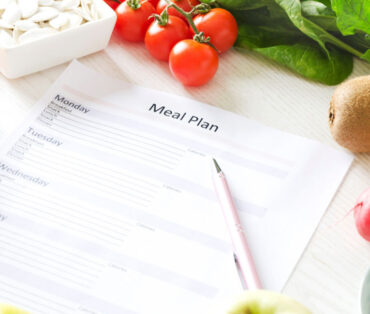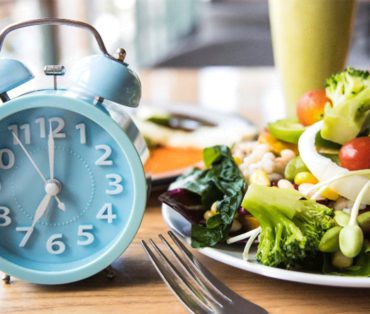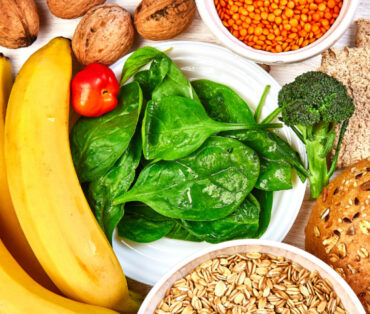5 Tricks To Prevent Overeating At Your Next BBQ
Oh, the backyard barbecue—so delicious, so much fun, so dotted with pitfalls for the dieter: big bowls of chips, piles of potato salad, plates of meat. So hard to resist and even harder to keep from munching too much, especially when you’re mingling with friends and family and not thinking about what you’re putting in your mouth. Been there, done that, right? Who hasn’t? You need a strategy to help you avoid overindulgence.
We consulted with Brian Wansink, PhD, founder and director of the food and brand lab at Cornell University in Ithaca, New York, and the author of Mindless Eating: Why We Eat More Than We Think. His research shows that we’re surrounded by imperceptible but irresistible cues that affect what we eat, when we eat, and how much we eat. Unfortunately, many of those cues push us to eat too much. But there’s good news: With some simple tricks, you can defuse the triggers of overindulgence. Here’s what Wansink suggests:
Beware big plates.
Believe it or not, the size of your plates and bowls can add or subtract calories to or from your meal. “Environmental cues tell you how much you should serve or eat,” says Wansink. A big plate makes portions look smaller, he explains, so we tend to load it up with more food. Use medium bowls, and skip the hubcap-size paper plates in favour of something smaller; plates around 20cm in diameter are a good fit for most meals.
Consider colour.
Amazingly, it seems the colour of your plates can also influence how much you eat. In a 2011 study, Wansink’s team found that people dished out and ate more pasta with marinara (red) sauce if they were given red plates. Ditto for Alfredo (white) sauce served on white plates. The reason: Portion sizes look smaller than they are if the food blends into the background. So plan for contrast. Think about what you’ll be serving—traditional potato and pasta salads along with those burgers and dogs on a bun? Pick out dark-coloured plates at the supermarket. Going for healthy greens, grilled veggies, and salmon? Classic white is perfect.
Assess your glasses.
When kilojoules come in liquid form, every glass you raise could be a toast to a bigger waistline. To stay trim, choose slim glassware. Wansink’s research shows that we tend to pour more into glasses that are short and wide, compared with tall and narrow, even if both hold the same volume. Taller things look bigger to us, so we’re less likely to overfill a tall glass. “Even professional bartenders pour about 30 percent more into a short, fat tumbler,” says Wansink. In fact, his study prompted some restaurants to switch to taller glasses as a cost-cutting measure.
Downsize your serving spoons.
The cutlery you eat with doesn’t seem to influence intake, but serving spoons and other utensils you use to fill dishes for yourself or others will have an effect: Big utensils make serving sizes seem smaller, so you’ll tend to dish out more food.
Keep your distance from temptation and put healthy food front and centre.
If you’ve put a bowl of chips out for your guests or you made your mum’s favourite potato salad, position yourself at a distance. Consider setting up a separate table for high KJ – fat-laden foods or serve small portions and send the rest inside. The hassle of having to head into the house for another scoop of macaroni salad will likely kill that craving. But you don’t even have to go that far. Wansink and team found that just under 2m of distance kept people from overdosing on chocolate kisses. So for absentminded healthy nibbling, keep salads and healthy vegetables close by and place the waistline wreckers where it’s not so easy to reach them. And when it comes to desserts, don’t bring them to the table until everyone’s finished the main meal. You’ll likely be too full to eat too much; still, serve sweets on your smallest plates.
By planning ahead and putting these simple strategies into place, unhealthy mindless eating can be eliminated, and you’ll be able to enjoy your backyard barbecue without worrying what the scale will reveal tomorrow.








